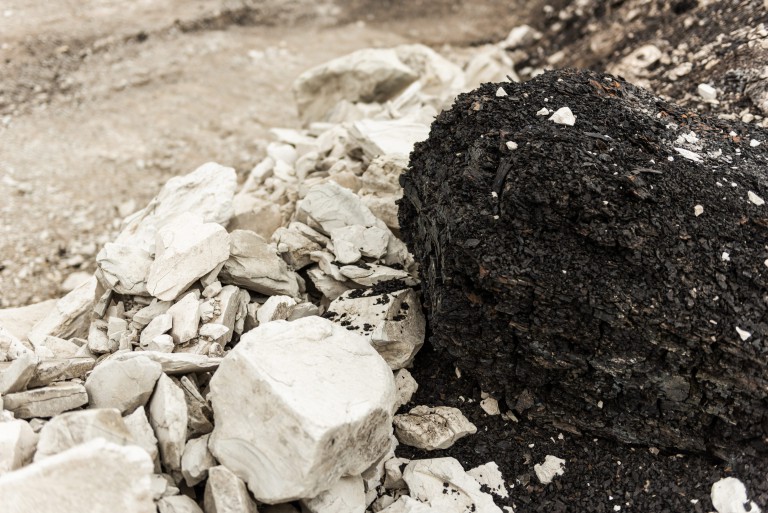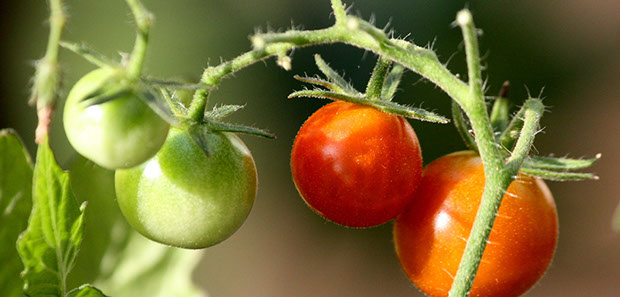There’s nothing like the taste and freshness of home grown vegetables, not to mention the fact that they contain much more nutrients than those that have traveled thousands of miles to reach your local grocery store! Many people are starting to grow their vegetables at home and why not – with these tips it’s easy! Even living in an apartment shouldn’t stop you from growing some of your own, fresh produce; all you need is a sunny window!
Carrots
Carrots are delicious, high in dietary fiber, antioxidants, manganese, niacin, potassium, vitamins A, B6 and C and are easy to grow at home! They will be ready to eat about two months after the seeds have germinated.
When planting carrot seeds, be sure to leave a few inches between the seeds and plant them less than an inch deep in the soil. Carrots can be easily planted outside or in a pot – as long as the pot is at least twelve inches deep. Keep the soil evenly moist in order to avoid growing carrots that are tough and stringy. Round carrot varieties will grow best indoors in pots.
Tomatoes
Tomatoes, which are in fact fruit, are highly nutritious, containing fiber, iron, magnesium, niacin, potassium, phosphorous, antioxidants and vitamins A, B6, C and E. Tomatoes will need at least three months before they are ready to be harvested.
When planting your seeds in a pot, plant only one tomato plant per pot. Depending on the type of tomato plant you are going to grow, you will need a pot that is anywhere from eight to eighteen inches deep. If you are planting the seeds outside in a garden, make sure to leave at least a foot between seeds to allow for growth. Mixing compost in with the soil will also be beneficial to your tomato plants! (See – Indoor Composting: How to Build Your Own Indoor Composter, for more information on do it yourself indoor composting.) If you are just starting out you may want to purchase a small tomato plant from a nursery, rather than try to grow it from seed, as this will be much easier!
Tomatoes require lots of sun so be sure to plant them in a sunny area or place your pot(s) in a sunny window! Make sure to water your tomato plant(s) a couple of times per week (a spray bottle will work well for this).
Peas
Peas can be grown indoors or out and will take a minimum of two to three months to grow. Peas are very nutritious vegetables, containing fiber, iron, magnesium, potassium and vitamins A, B6 and C.
Plant pea seeds approximately two inches apart and one inch deep and be sure that the plants have some type of support to climb up. If you are planting peas indoors, be sure that your pot is at least ten inches deep. If you are planting your peas outside in the garden it is best to grow them in the early spring or late summer/fall, as hot weather can interfere with their production. Mixing compost into the soil is also a good idea. Pea plants require more water as they begin to develop. Start by watering freshly planted seeds with approximately half an inch of water per week, increasing this amount to one inch of water per week once the plants begin to mature. Make sure that your soil drains well.
Mushrooms
Mushrooms are very simple to grow, especially indoors! They can be grown indoors at any time of the year – all you need is a dark space such as a cupboard or attic.
The easiest way to grow mushrooms at home is to purchase prepared bags of special compost containing mushroom spawn. These bags will only need to be watered before being placed in a dark area. Be sure to maintain the temperature at approximately 50 to 60ºF (10 to 15ºC) and your mushrooms should be ready to harvest in just a few weeks!
To make your own mushroom spawn compost, pack a mixture of straw and an activator (you will need to purchase this) into a sterile plastic pot or bucket. Once the mixture has cooled down and begins to turn into compost, add the mushroom spawn. Place the container in a dark area and in a few weeks your mushrooms will be ready!
Lettuce
Lettuce is also a great indoor crop and a good source of folic acid and vitamin A!
In addition to grow lights or a sunny window, you will also need plastic containers (plastic boxes such as those that grocery store lettuce is packaged in will work great), potting soil and lettuce seeds.
To build your lettuce boxes simply slice eight or nine holes in the bottom of each box, add a couple of inches of moist potting soil and sprinkle a pinch of lettuce seeds over top. Cover the seeds with a small amount of soil. Using a spray bottle, generously spritz the surface with water. Put the lids on your boxes and place them in a bright, warm, sunny place or under your grow lights. The seeds should begin to sprout in approximately one week. Once the seeds have sprouted, remove the container’s lid to use as a watering tray. Fill the tray with water every day to keep the soil nice and moist.
Be sure that your lettuce plants receive enough sunlight! They will need approximately twelve hours of light per day therefore grow lights may be needed if ample sunlight is not available. Within three to four weeks you should be able to harvest your own, homegrown lettuce! To keep the plants growing, simply cut the leaves off and leave the growing crown intact. By doing so, you will be able to harvest more lettuce in about two weeks.
When growing lettuce outdoors, be sure to plant seeds in nutrient-rich soil that is free of debris. Plant seeds approximately eight to sixteen inches apart. Water the seeds every morning.
Please note: it is best to water lettuce only in the morning (and not at night) in order to avoid disease.
Nothing tastes better than fresh, homegrown produce! And with these simple tips growing your own crops at home is easy!
Image by quiltsalad


